Liquid nitrogen for sale
DSW offers compressed nitrogen gas and liquid nitrogen (LN2) in various purities and concentrations.
Liquid nitrogen, or cold enough LN2, is used in numerous cooling and cryogenic applications, making it one of the safest methods of handling cold temperatures. Here is some crucial information regarding its secure handling.
What is Liquid Nitrogen?
Liquid nitrogen, as its name implies, is the liquid state of nitrogen. Like nitrogen gas, LN2 consists of nitrogen atoms joined covalently, sometimes known by its abbreviations: LN2, LIN, or simply LN.
Liquid nitrogen (LN2) is an ultra-low boiling point liquid with a shallow boiling point of -320.4 degF that instantly freezes anything it comes into contact with, including solid surfaces. Due to this rapid boiling rate, LN2 undergoes the Leidenfrost effect when in contact with concrete surfaces. It produces nitrogen droplets that skitter across its surface and create an audible noise as they form droplets on its surface.
Like its gaseous form, nitrogen liquid is odorless, colorless, cold-touch, relatively inert, and nonflammable.
• Liquid nitrogen consists of pure nitrogen molecules (N2) in their liquid state.
• At standard pressure, nitrogen becomes a liquid below −195.8° C or −320.4° F and a solid at −209.86 °C or −345.75 °F. At these low temperatures, it is so cold it immediately freezes tissues.
• Liquid nitrogen, like solid and gaseous nitrogen, is colorless.
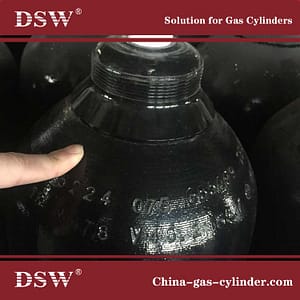
Liquid Nitrogen Facts
• Liquid nitrogen is the liquefied form of the element nitrogen produced commercially by the fractional distillation of liquid air. Like nitrogen gas, it consists of two nitrogen atoms sharing covalent bonds (N2).
• Sometimes liquid nitrogen is denoted as LN2, LN, or LIN.
• A United Nations Number (UN or UNID) is a four-digit code identifying flammable and harmful chemicals. Liquid nitrogen is identified as UN number 1,977.
• At standard pressure, liquid nitrogen boils at 77 K (−195.8° C or −320.4° F).
• The liquid-to-gas expansion ratio of nitrogen is 1:694, which means liquid nitrogen boils to fill a volume with nitrogen gas very quickly.
• Nitrogen is non-toxic, odorless, and colorless. It is relatively inert and is not flammable.
• Nitrogen gas is slightly lighter than air when it reaches room temperature. It is somewhat soluble in water.
• Nitrogen was first liquefied on April 15, 1883, by Polish physicists Zygmunt Wróblewski and Karol Olszewski.
• Liquid nitrogen is stored in special insulated containers that are vented to prevent pressure buildup. Depending on the design of the Dewar flask, it can be stored for hours or up to a few weeks.
• LN2 displays the Leidenfrost effect, which boils so rapidly that it surrounds surfaces with an insulating layer of nitrogen gas. This is why spilled nitrogen droplets litter across a floor.

Liquid Nitrogen Uses
Liquid nitrogen has many applications due to its cold temperature and inert properties, including:
• The freezing and transporting of food products
• The cryopreservation of biological samples, such as sperm, eggs, and animal genetic samples
• Use as a coolant for superconductors, vacuum pumps, and other materials and equipment
• Use in cryotherapy to remove skin abnormalities
• The shielding of materials from oxygen exposure
• The quick freezing of water or pipes to allow work on them when valves are unavailable
• A source of dehydrated nitrogen gas
• The branding of cattle
• The molecular gastronomy preparation of unusual foods and beverages
• The cooling of materials for easier machining or fracturing
• Science projects, including making liquid nitrogen ice cream, creating nitrogen fog, and flash-freezing flowers and subsequently watching them shatter when tapped onto a hard surface.
Storage of Cryogenic Liquids
Cryogens are stored and shipped in thermally insulated containers explicitly designed to withstand rapid temperature changes and extreme temperature differences.
There are two tanks commonly used within the reproductive industry:
Liquid Dewar Flasks
These nonpressurized vacuum vessels, similar to thermos bottles, offer nonpressurized vacuum protection with loose-fitting caps or plugs designed to seal off air or moisture entry while simultaneously venting any excess pressure that builds up within.
Liquid cylinders
Pressurized containers explicitly designed to hold cryogenic liquids are known as cryogenic cylinders. These vessels feature valves for filling and dispensing cryogenic liquid and pressure-control valves equipped with frangible (bursting) disk protection to provide backup protection. Three major varieties have been created to distribute liquid gas or liquid-only products.

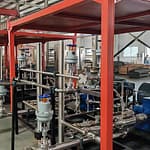

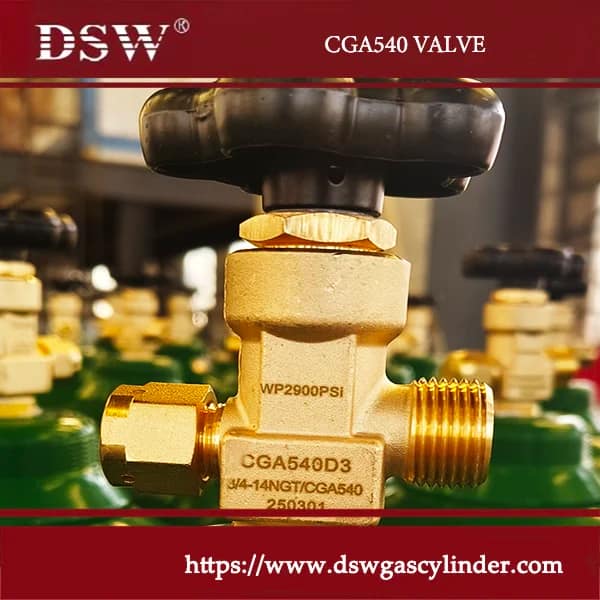
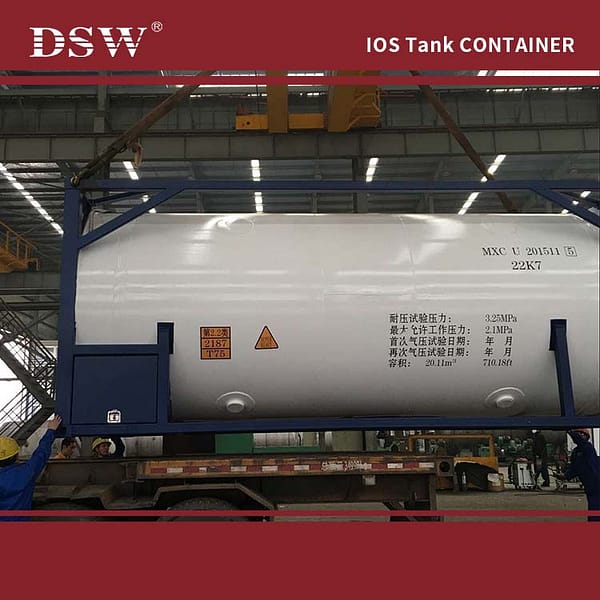
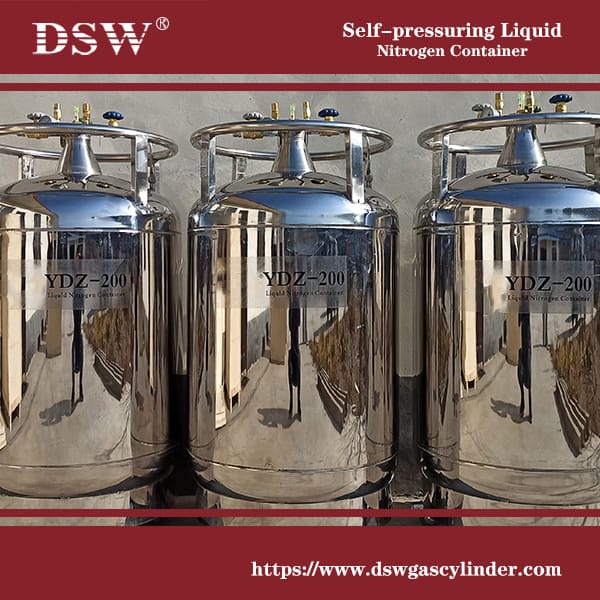
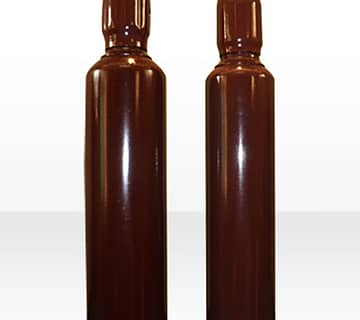
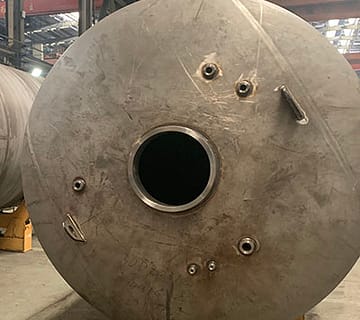
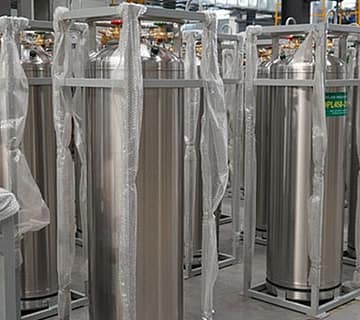

No comment